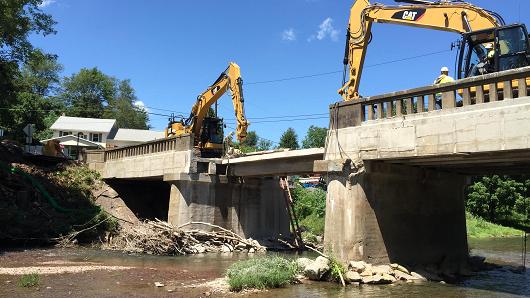
An investigation by the National Transportation Safety Board determined that 24 gusset plates—sheets of steel used to connect bridge beams to columns—were about half the thickness they should have been. Deficiencies were not detected in the initial review process and the plates were incorporated into the bridge’s construction, which contributed to the collapse.
While bridges are just one aspect of America’s aging infrastructure, it has been well publicized that they are a top priority and in need of a major fix nationwide. In fact, bridges received only a C+ rating in the American Society of Civil Engineers’ “2013 Report Card for America’s Infrastructure.” The ASCE report noted that the average age of the country’s 607,380 bridges is now 42 years.
“Right now, 11% of our bridges across the country are rated structurally deficient and another 13% are considered functionally obsolete,” said Andrew W. Herrmann, 2012 president of ASCE and principal with Hardesty & Hanover LLP, an infrastructure engineering firm. “This means they were designed to an older standard, so they may not have the same lane widths or turning radius or may have been designed to carry lesser loads.”
